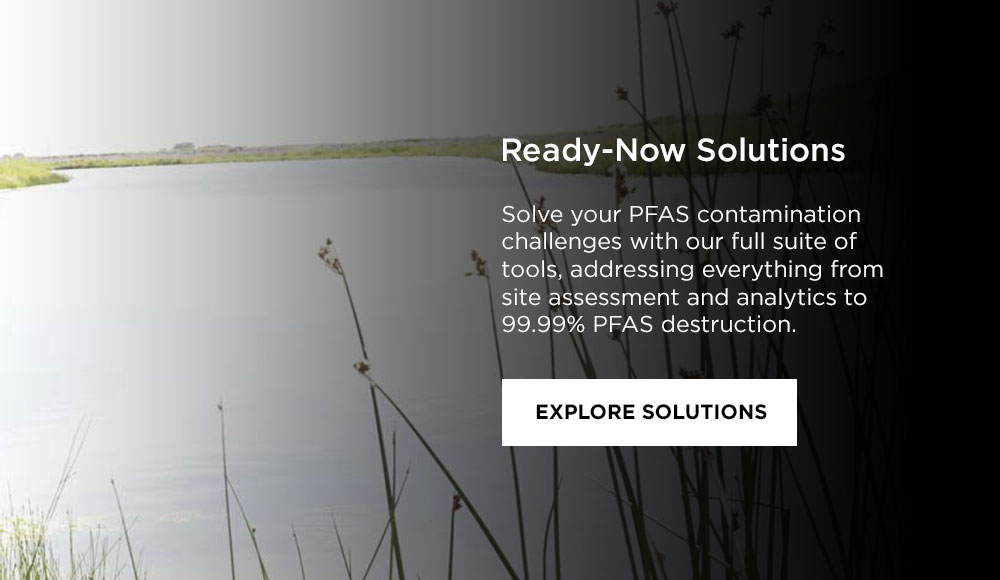Why are PFAS More Challenging Than Other Environmental Contaminants?

Although per- and polyfluoroalkyl substances (PFAS) are in the national news daily, there is still much not known about them. One thing that is clear, these substances are significantly different than other environmental contaminants that have been dealt with in the past.
Why?
The strong carbon-fluorine (C-F) bond is what makes these compounds so useful in applications such as non-stick coatings for cookware and firefighting foams. But it also is what makes them difficult to remediate in the environment, as well as in our bodies.
These substances don’t break down easily. And in certain situations, they won’t break down at all without some external influence, and even then, it is hard to break the bond.
Here are some other aspects of PFAS that makes them unique and difficult to address.

What’s Being Done?
There are no federal regulations in place to address PFAS, but there is public and political pressure to act, so some states are moving forward. There is sharing of information and collaboration through organizations like the Environmental Council of States (ECOS), the Interstate Technology and Regulatory Council (ITRC), ASTM International, Association of State Drinking Water Administrators (ASDWA), Air and Waste Management Association (AWMA), National Groundwater Association (NGWA), and many other organizations as we try to leverage all available resources to tackle this challenge. That said, no two states are treating PFAS the same. That’s creating a patchwork of approaches.
And if that wasn’t enough of a hurdle to clear, technology and funding are not keeping up with need. Some states are implementing regulations, but there are currently no proven solutions for complete destruction of PFAS.
Other Challenges Unique to PFAS
Because of the strength of the C-F bond, technically plausible solutions may be energy intensive and costly. There also is risk for production of additional byproducts of concern.
Large plume size, coupled with the recalcitrant nature of the C-F bond, adds technical challenges and high cost for approaches to treating entire plumes – if it’s even feasible to treat them at all.
Environmental behaviors for PFAS are not consistent with other organic contaminants, which means they are likely to require new technologies for effective site characterization and treatment.
The presence of co-contaminants also can complicate fate and transport behavior. And past treatments at a site may have unknowingly negatively impacted the PFAS contamination.
Battelle Investments in Solutions
Battelle is investing millions of research dollars to progress the technical assessment, degradation and destruction of PFAS. Battelle has a specific mission to bring scientific solutions to government and industry for the benefit of society and has a robust internal research and development program that is focused on solving today’s environmental challenges.
Battelle’s credibility is based on independence and objectivity. For 90 years, our clients have sought our independent, candid and innovative approach to solving problems. As a result, we offer an unbiased perspective in the design and implementation stages of restoration activities.
BATTELLE UPDATES
Receive updates from Battelle for an all-access pass to the incredible work of Battelle researchers.
